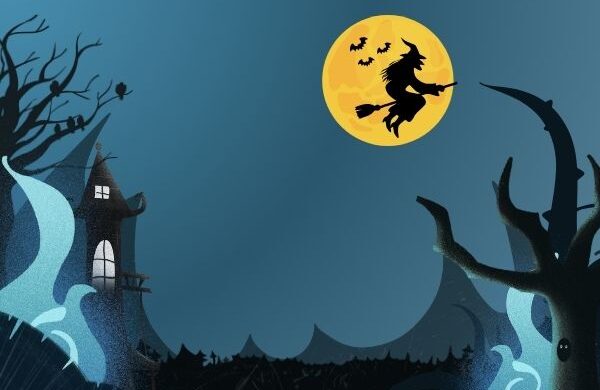Three Musical Works Inspired by Fairytales
Do you enjoy reading fairytales? Perhaps you’ve watched adaptations of these stories in movies or TV shows. Fairytales have a unique ability to captivate people of all ages and provide an opportunity for families to explore storytelling together. Did you know that classical music composers have long been inspired by these folktales when writing new pieces of music? Music has a long tradition of being a means of storytelling, and we’d love to share a few of our favorite examples with you.
Hansel and Gretel
Hansel and Gretel is a German fairytale published by the Brothers Grimm, telling the story of a brother and sister who lose their way while walking through the forest. While searching for their way back home, they discover a house made of gingerbread and decorated with frosting and candy. The children, ravenous from their long journey, immediately begin nibbling on pieces of the house. What they don’t realize is that the house is owned by an evil witch who uses it to draw children inside so she can eat them! Luckily, the story has a happy ending for the siblings (but I won’t spoil it here).
In the late 1800s, German composer Engelbert Humperdinck used this tale as inspiration for a beloved opera. One of the most famous musical moments from the opera is when the children sing the “Evening Prayer.” At this point in the story, Hansel and Gretel are still lost in the woods, and the sun has set. They sing a prayer asking for protection from angels as they drift off to sleep.
Sleeping Beauty
Sleeping Beauty, another tale published by the Brothers Grimm, tells the story of a king and queen who desperately want a child. After many years, the queen finally gives birth to a daughter named Aurora, which causes a huge celebration. While Aurora is being presented with gifts, however, an evil witch in disguise casts a curse upon the young one. The curse states that when she is 16 years old, Aurora will prick her finger on a sewing spindle and fall into a deep sleep. Fast forward 15 years, and the prophecy comes true, despite the king and queen doing everything they could think of to prevent it. The princess’s sleep can only be broken by a kiss. Do you know how the story ends? If not, you can find out here.
The story of Sleeping Beauty became the inspiration for one of Russian composer Pyotr Tchaikovsky’s most famous ballets, written in 1889. In ballet, the story is told through music and dance rather than through speech. One well-known moment from this ballet is the “Sleeping Beauty Waltz,” which takes place during Aurora’s 16th birthday party. If you’ve ever seen the animated Disney film, Sleeping Beauty, you may recognize this melody as the song, “Once Upon a Dream.”
The Little Mermaid
Danish author Hans Christian Andersen wrote many well-known fairytales, including The Little Mermaid. The Little Mermaid is the daughter of the Sea King. In this fantasy world, mermaids are not allowed to visit the surface of the ocean until their 15th birthday. When the Little Mermaid makes her first trip to the surface, she observes the birthday celebrations for a handsome prince aboard a nearby ship and instantly falls in love.
A violent storm soon sinks the ship, and the Little Mermaid saves the prince from drowning, though the prince doesn’t know who has saved him. The only way for the Little Mermaid to be reunited with the prince is to become human. She visits a sinister sea witch who helps her transform in exchange for her voice. The remainder of the Little Mermaid’s tale (no pun intended) involves many more twists and turns, which you can read here.
In the early 1900s, Austrian composer Alexander Zemlinsky wrote a symphonic poem based on Andersen’s story called The Mermaid. A symphonic poem is similar to a symphony in that it uses an orchestra to tell a story but is usually shorter and less structured. One interesting feature of The Mermaid is that Zemlinsky uses a series of motives (small musical sections within a piece of music that often recur and have thematic significance) to represent characters and moments from the tale. For example, as you watch the recording below, listen for a lyrical solo violin representing the mermaid.
More Musical Fairytales to Explore:
If you’d like to keep listening to musical works inspired by fairytales, here are two more examples to check out:
- Mother Goose Suite by Maurice Ravel, a work for orchestra (and also a ballet) inspired by the collection of children’s nursery rhymes.
- Cinderella by Gioachino Rossini, an opera inspired by the Brothers Grimm folktale.
What is YOUR favorite fairytale? If you could compose a piece of music about a fairytale, which story would you choose? Let us know by reaching out via our contact page.



